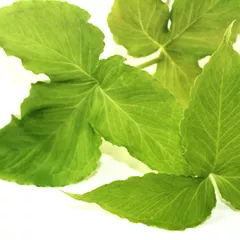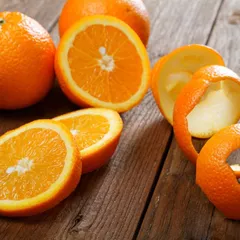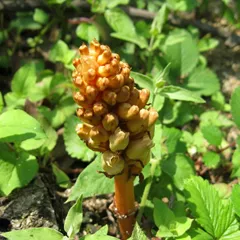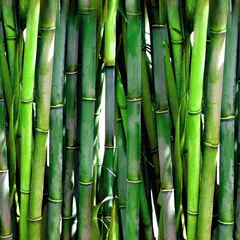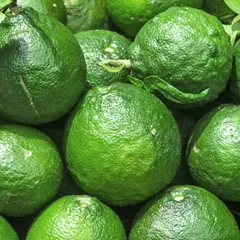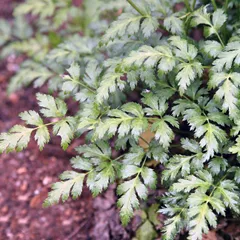Xiong Gui Er Chen Tang
Xiong Gui Er Chen Tang
Chinese: 芎归二陈汤
Pinyin: Xiōng Guī Er Chén Tāng
Other names: Ligusticum and Dang Quai Two Aged Decoction,
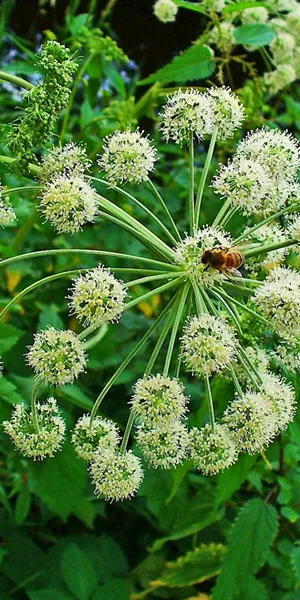

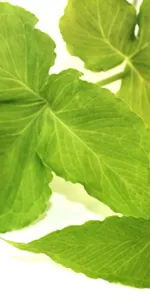
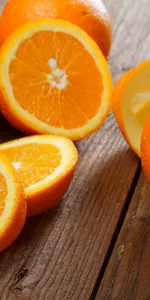
Xiong Gui Er Chen Tang
Xiong Gui Er Chen Tang
Chinese: 芎归二陈汤
Pinyin: Xiōng Guī Er Chén Tāng
Other names: Ligusticum and Dang Quai Two Aged Decoction,
Number of ingredients: 7 herbs
Formula category: Formulas that dry Dampness and transform Phlegm
Conditions for which it may be prescribed: Late menstruationScanty menstruation
- Resolves Damp-Phlegm
- Nourishes Blood
Source date: 1575 AD
Source book: Introduction to Medicine
The information provided here is not a replacement for a doctor. You shouldn't use it for the purpose of self-diagnosing or self-medicating but rather so you can have a more informed discussion with a professional TCM practitioner.
Xiong Gui Er Chen Tang is a 7-ingredient Chinese Medicine formula with Dong Quai (Dang Gui) and Szechuan Lovage Roots (Chuan Xiong) as principal ingredients.
Invented in 1575 AD, it belongs to the category of formulas that dry Dampness and transform Phlegm. Its main actions are: 1) resolves Damp-Phlegm and 2) nourishes Blood.
In Chinese Medicine health conditions are thought to arise due to "disharmonies" in the body as a system. These disharmonies are called "patterns" and the very purpose of herbal formulas is to fight them in order to restore the body's harmony.
In this case Xiong Gui Er Chen Tang is used by TCM practitioners to fight patterns like Damp-Phlegm in the Uterus. From a Western Medicine standpoint, such patterns can give rise to a range of conditions such as late menstruation or scanty menstruation for instance.
On this page, after a detailed description of each of the seven ingredients in Xiong Gui Er Chen Tang, we review the patterns and conditions that Xiong Gui Er Chen Tang helps treat.
The seven ingredients in Xiong Gui Er Chen Tang
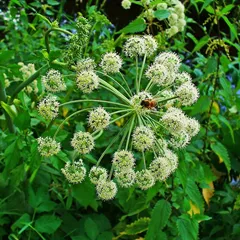
Dang Gui is a king ingredient in Xiong Gui Er Chen Tang. Like the name indicates, it means it has more power than other ingredients in the formula.
1. Dong Quai (Dang Gui)
Part used: Dried root
Nature: Warm
Meridian affinity: HeartLiverSpleen
Category: Tonic herbs for Blood Deficiency
In general Dang Gui's main actions are as follows: "Tonifies the Blood. Lubricates the Intestines. Relieve constipation. Promotes circulation and dispels Bi Pain. Reduce Dysmenorrhea and help with irregular menstruation."
In the context of Xiong Gui Er Chen Tang, it is used because it nourishes and invigorates the Blood.
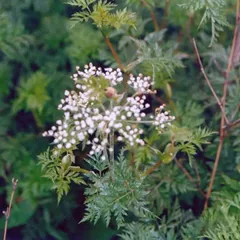
Chuan Xiong is a king ingredient in Xiong Gui Er Chen Tang. Like the name indicates, it means it has more power than other ingredients in the formula.
2. Szechuan Lovage Roots (Chuan Xiong)
Part used: Dried rhizome
Nature: Warm
Taste(s): Pungent
Meridian affinity: GallbladderLiverPericardium
Category: Herbs that invigorate the Blood
In general Chuan Xiong's main actions are as follows: "Regulates and moves the Blood. Relieves Wind-Cold and pain. Circulates the Qi in the Upper Burner, relieving headaches."
In the context of Xiong Gui Er Chen Tang, it is used because it nourishes and invigorates the Blood.
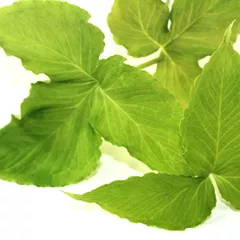
Ban Xia is a deputy ingredient in Xiong Gui Er Chen Tang. This means it helps the king ingredient(s) treat the main pattern or it serves to treat a coexisting pattern.
3. Crow-Dipper Rhizomes (Ban Xia)
Part used: Dried rhizome and tuber
Nature: Warm
Taste(s): Pungent
Ban Xia dries Dampness, expels phlegm, and causes rebellious Stomach Qi to descend. This latest action makes it also useful in controlling nausea and vomiting. Its main purpose is to open the Qi dynamic. As noted by Zhang Shan-Lei the best aspects of Ban Xia can be summed up in four characters: opening (开 kai), disseminating(宣 xuan), slippery (滑 hua), and downward-directing (降 jiang). The reason that it can eliminate turbidity and Phlegm is simply its actions in opening, draining, and slipping downward. The transformation of Phlegm by Ban Xia facilitates the smooth flow of Qi. Once this occurs, the transporting and transforming functions of the Spleen and Stomach will be restored. Then the Middle Burner will no longer produce Phlegm.
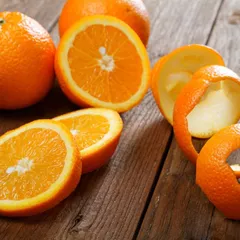
Chen Pi is a deputy ingredient in Xiong Gui Er Chen Tang. This means it helps the king ingredient(s) treat the main pattern or it serves to treat a coexisting pattern.
4. Tangerine Peel (Chen Pi)
Chen Pi revives the Spleen and facilitates the flow of Qi in the Middle Burner. Its acrid flavor disperses Stagnated Qi while its bitter warmth disperses Cold and dries Dampness. By removing the obstruction to the flow of Qi, the functions of the Spleen and Stomach are assisted. By dispelling Cold Dampness, Phlegm is eliminated. The restored movement of Qi induced by Chen Pi promotes the spontaneous resolution of phlegm.
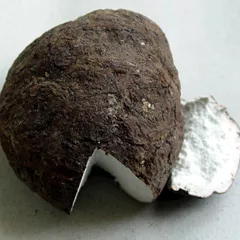
Fu Ling is a deputy ingredient in Xiong Gui Er Chen Tang. This means it helps the king ingredient(s) treat the main pattern or it serves to treat a coexisting pattern.
5. Poria-Cocos Mushrooms (Fu Ling)
Part used: Dried sclerotium
Nature: Neutral
Taste(s): Sweet
Meridian affinity: HeartKidneyLungSpleen
Category: Herbs that drain Dampness
Fu Ling supports the actions of the chief ingredients by leaching out Dampness from the Middle Burner and strengthening the Spleen. It also resolves the palpitations and dizziness caused by the upward-rising Phlegm and Dampness. In this manner, it treats the root of the disorder.
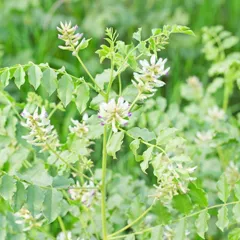
Gan Cao is an assistant ingredient in Xiong Gui Er Chen Tang. This means that it either serves to reinforces the effect of other ingredients or it moderates their toxicity.
6. Liquorice (Gan Cao)
Part used: Dried root and rhizome
Nature: Neutral
Taste(s): Sweet
Meridian affinity: HeartLungSpleenStomach
Category: Tonic herbs for Qi Deficiency
In general Gan Cao's main actions are as follows: "Tonifies the Basal Qi and nourishes the Spleen Qi. Clears Heat and dispels toxicity. Moistens the Lungsexpel phlegm and stop coughing. Relieves spasms and alleviates pain. Harmonizes and moderates the effects of other herbs."
In the context of Xiong Gui Er Chen Tang, it is used because it tonifies the Spleen.

Sheng Jiang is an envoy ingredient in Xiong Gui Er Chen Tang. This means that it directs the formula towards certain area of the body and/or harmonizes the actions of other ingredients.
7. Fresh Ginger (Sheng Jiang)
Sheng Jiang is added as an envoy to reinforce the actions of the chief herbs in Qi movement and eliminate the Phlegm. It also harmonizes the Stomach and controls the nausea.
Xiong Gui Er Chen Tang is used to treat Damp-Phlegm in the Uterus
It's important to remember that herbal formulas are meant to treat patterns, not "diseases" as understood in Western Medicine. According to Chinese Medicine patterns, which are disruptions to the body as a system, are the underlying root cause for diseases and conditions.
As such Xiong Gui Er Chen Tang is mostly used to treat the pattern "Damp-Phlegm in the Uterus" which we describe below.
But before we delve into Damp-Phlegm in the Uterus here is an overview of the Western conditions it is commonly associated with:
Late menstruation Scanty menstruation
Again it wouldn't be correct to say "Xiong Gui Er Chen Tang treats late menstruation" for instance. Rather, Xiong Gui Er Chen Tang is used to treat Damp-Phlegm in the Uterus, which is sometimes the root cause behind late menstruation.
Now let's look at Damp-Phlegm in the Uterus, a pattern that TCM practitioners commonly treat with Xiong Gui Er Chen Tang.
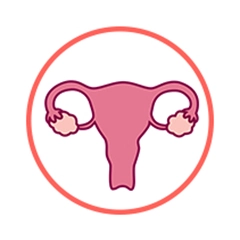
The Uterus is a so-called "Extraordinary" Organ. Learn more about the Uterus in Chinese Medicine
Damp-Phlegm in the Uterus
Pulse type(s): Slippery (Hua)
Symptoms: Edema Nausea Oedema Fatigue Obesity Dizziness Moodiness Amenorrhea Overweight Depression Late period Infertility Heavy limbs Loose stools Listlessness Palpitations Ovarian cysts Sputum throat Lack strength Scanty periods Ovarian myomas Chest fullness Vagina discharge Phantom pregnancy Shortness of breath Sore and weak limbs Lower abdominal pain Abodominal heaviness Dull-pale complexion Pale menstrual blood Dizziness or vertigo Feeling of heaviness Thick menstrual blood Sticky menstrual blood Brown vaginal discharge Polycystic ovary syndrome Excessive vaginal discharge Feeling of heaviness of body Menstruation decreases gratually Feeling of oppression of the chest
Xiong Gui Er Chen Tang is sometimes prescribed by TCM practitioners to treat Damp-Phlegm in the Uterus. This pattern leads to symptoms such as late period, amenorrhea, scanty periods and lower abdominal pain. Patients with Damp-Phlegm in the Uterus typically exhibit slippery (Hua) pulses.
Whenever the body has Dampness or Phlegm, the Spleen is always the first Organ to be checked, because it is responsible for Body Fluids metabolism. The Spleen transforms, transports, and distributes drinks along with food Essence and Grain Qi.
When these functions are impaired, Damp-Phlegm forms... read more about Damp-Phlegm in the Uterus
Formulas similar to Xiong Gui Er Chen Tang
Er Chen Tang is 71% similar to Xiong Gui Er Chen Tang
Ban Xia Bai Zhu Tian Ma Tang is 62% similar to Xiong Gui Er Chen Tang
Wen Dan Tang is 62% similar to Xiong Gui Er Chen Tang
Liu Jun Zi Tang is 57% similar to Xiong Gui Er Chen Tang
Huang Lian Wen Dan Tang is 57% similar to Xiong Gui Er Chen Tang
Xiang Sha Liu Jun Zi Tang is 56% similar to Xiong Gui Er Chen Tang

